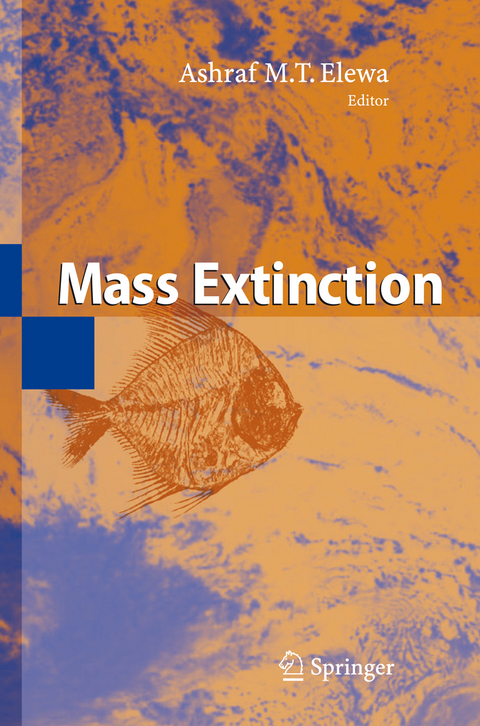
Mass Extinction
Springer Berlin (Verlag)
978-3-642-09504-7 (ISBN)
Ashraf Elewa is currently a professor at the University of Minia, Egypt, from where he earned his B.Sc in Geology and his M. Sc. in Lithostratigraphy and Paleontology, and finally his Ph.D. in Micropalentology. His fields of research range from paleontology to traditional and geometric morphometrics and systematics and evolutionary trends in ostracoda.
Mass Extinction - a general view.- Late Ordovician mass extinction.- The End Ordovician; an ice age in the middle of a greenhouse.- Silurian global events - at the tipping point of climate change.- Late Devonian mass extinction.- Late Permian mass extinction.- Late Triassic mass extinction.- Reexamination of the end-Triassic mass.- Cenomanian/Turonian mass extinction of macroinvertebrates in the context of Paleoecology; A case study from North Wadi Qena, Eastern Desert, Egypt.- K-Pg mass extinction.- Causes of mass extinction at the K/Pg boundary: A case study from the North African Plate.- Patterns and causes of mass extinction at the K/Pg boundary: Planktonic foraminifera from the North African Plate.- Quaternary extinctions in Southeast Asia.- Current mass extinction.- Current insect extinctions.
| Erscheint lt. Verlag | 19.10.2010 |
|---|---|
| Zusatzinfo | XIV, 252 p. |
| Verlagsort | Berlin |
| Sprache | englisch |
| Maße | 155 x 235 mm |
| Gewicht | 407 g |
| Themenwelt | Naturwissenschaften ► Geowissenschaften ► Geografie / Kartografie |
| Naturwissenschaften ► Geowissenschaften ► Geologie | |
| Naturwissenschaften ► Geowissenschaften ► Mineralogie / Paläontologie | |
| Schlagworte | current mass extinction • desert • Devonian • Ecology • historical geology • Ice Age • Insects • Invertebrates • mammals • Mass extinction • minor extinction • Ordovician • Permian • Plankton • silurian • Triassic |
| ISBN-10 | 3-642-09504-6 / 3642095046 |
| ISBN-13 | 978-3-642-09504-7 / 9783642095047 |
| Zustand | Neuware |
| Haben Sie eine Frage zum Produkt? |
aus dem Bereich


